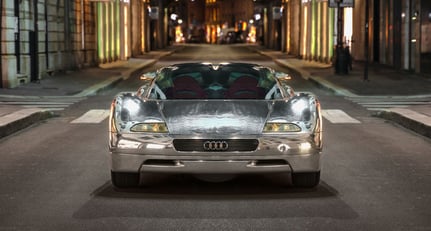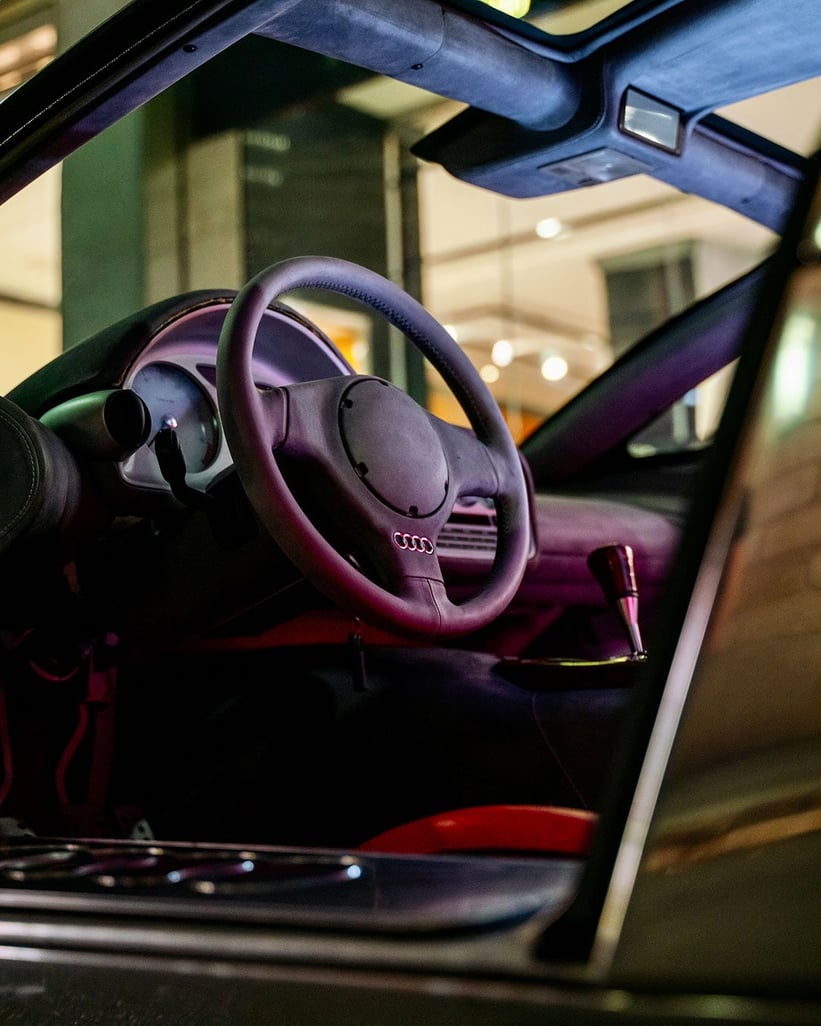

It has just been two weeks since the team around Guglielmo Miani celebrated Porsche Exclusive’s most creative tailor-made cars during this year’s “FuoriConcorso Sonderwunsch” at Lake Como. Now, our Milanese friends have released another special project during Salone del Mobile, the famous Milan Design Week that is currently turning the city into an open-air exhibition space. Titled ‘FuoriConcorso Quattro’, their latest collectors’ edition book puts the spotlight on some of Audi’s most iconic racing cars, design prototypes, and all-wheel-drive legends from the last four decades. The exceptional cars were artfully captured at night in the streets of Milan’s luxurious MonteNapoleone fashion district by FuoriConcorso’s house photographer Andrea Luzardi. The book is now available in the CD Shop.

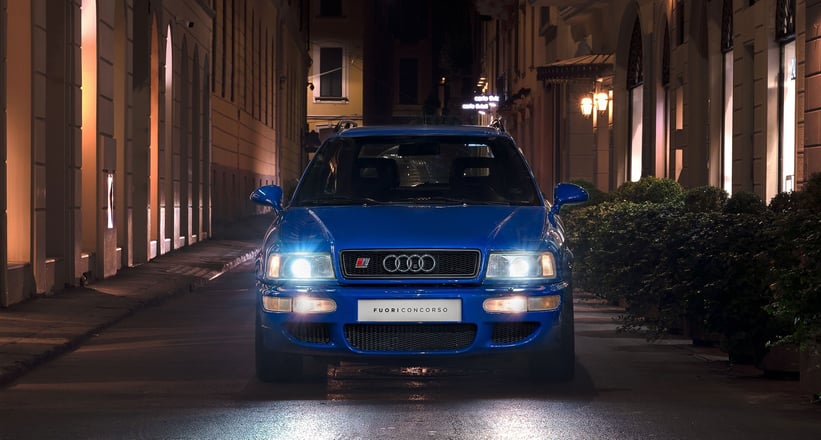
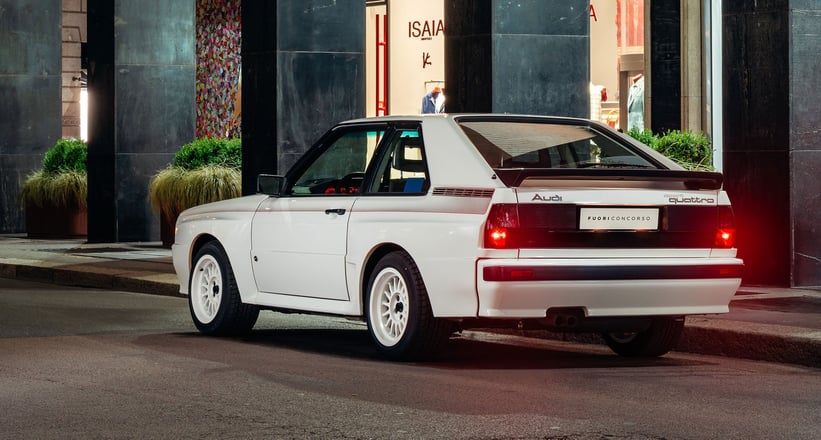
‘FuoriConcorso Quattro’ was presented on June 7 during a launch party with at Audi’s “House of Progress”, a temporary exhibition space on Piazza Cordusio where the brand is showcasing a vision of the brand’s future around two of their latest concept cars, the Audi GrandSphere and the Audi A6 Avant e-tron. Guglielmo Miani was joined by Marc Lichte, Head of Audi Design, and Henrik Wenders, Audi Senior Vice President. Classic Driver’s J. Philip Rathgen and Jan Baedeker attended the event – here are their favourite quattro cars from the book.
Audi Quattro Group 4
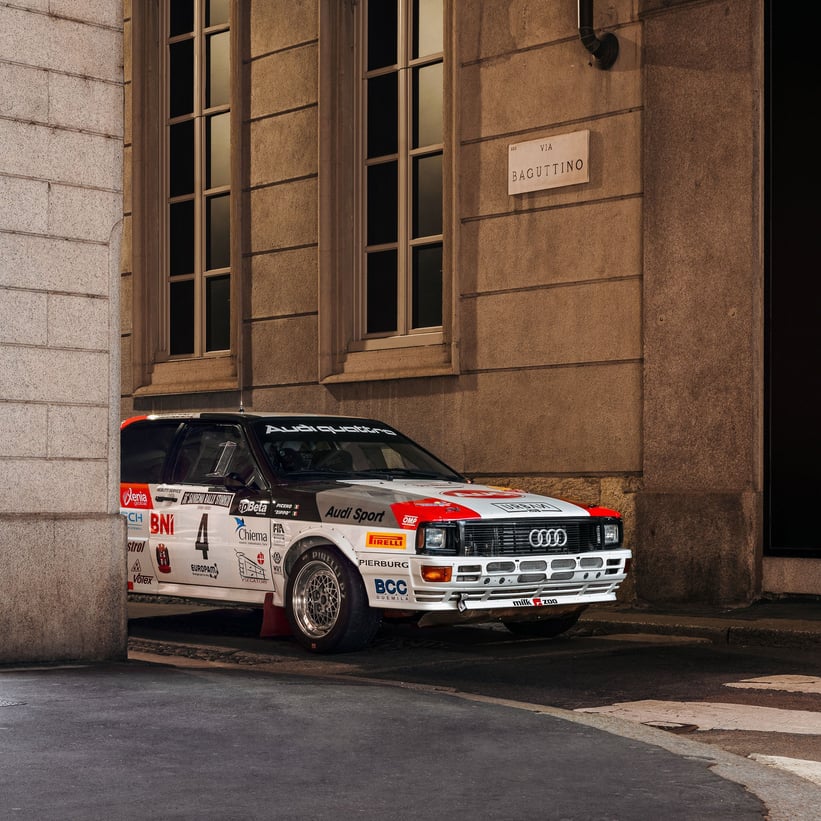
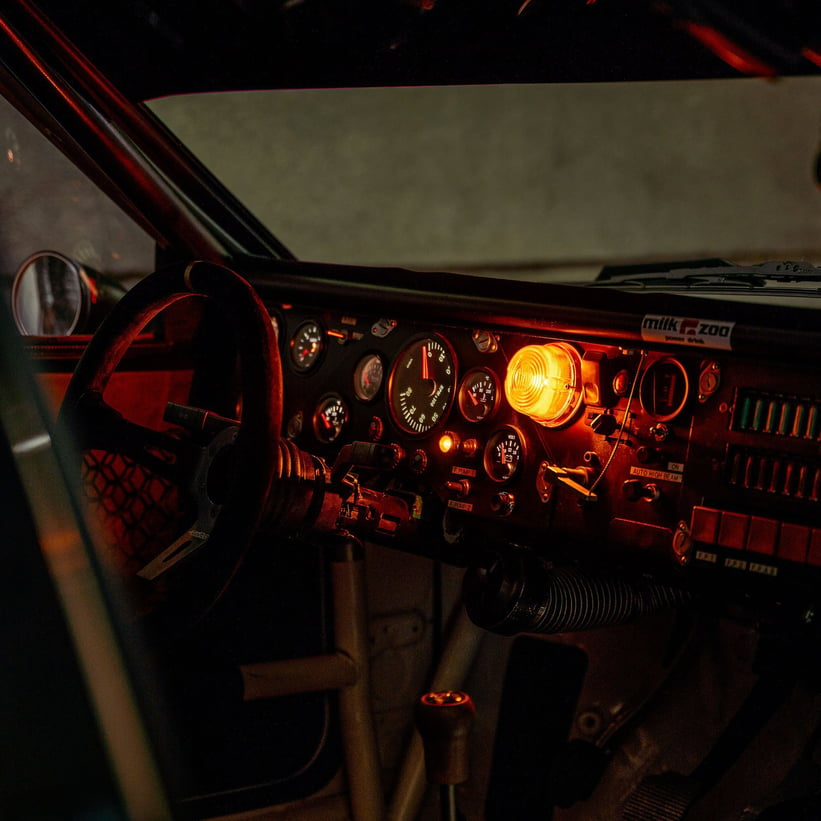
Much of Audi’s global success can be traced back to the brand’s racing heritage and the first all-wheel-drive prototypes developed in the late 1970s under the “Quattro” name. Under the supervision of Audi’s brilliant technical director Dr. Ferdinand Piëch, the Audi quattro launched in 1980 as the first mass-produced, four-wheel drive car – and stayed in production for more than 10 years.
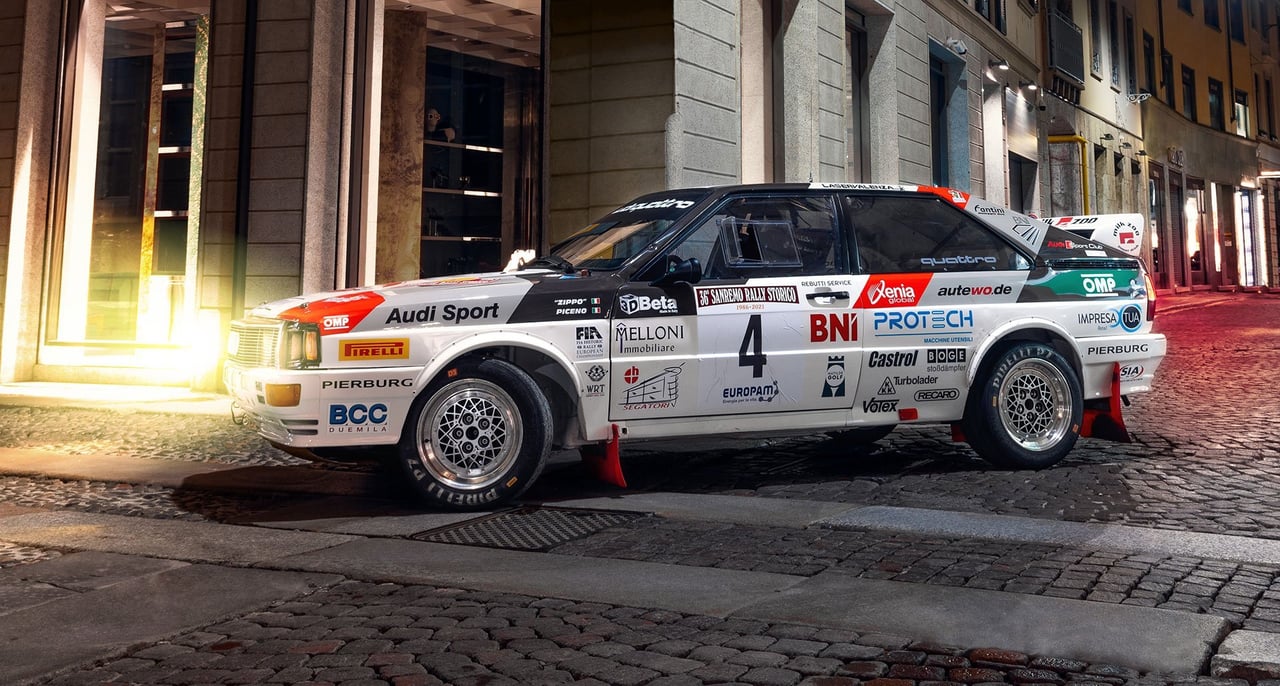
The most iconic incarnation of the car was certainly the Audi Quattro Group 4, the first AWD car sanctioned by FIA that dominated rally racing in the early 1980s.
Audi Sport Quattro Group B
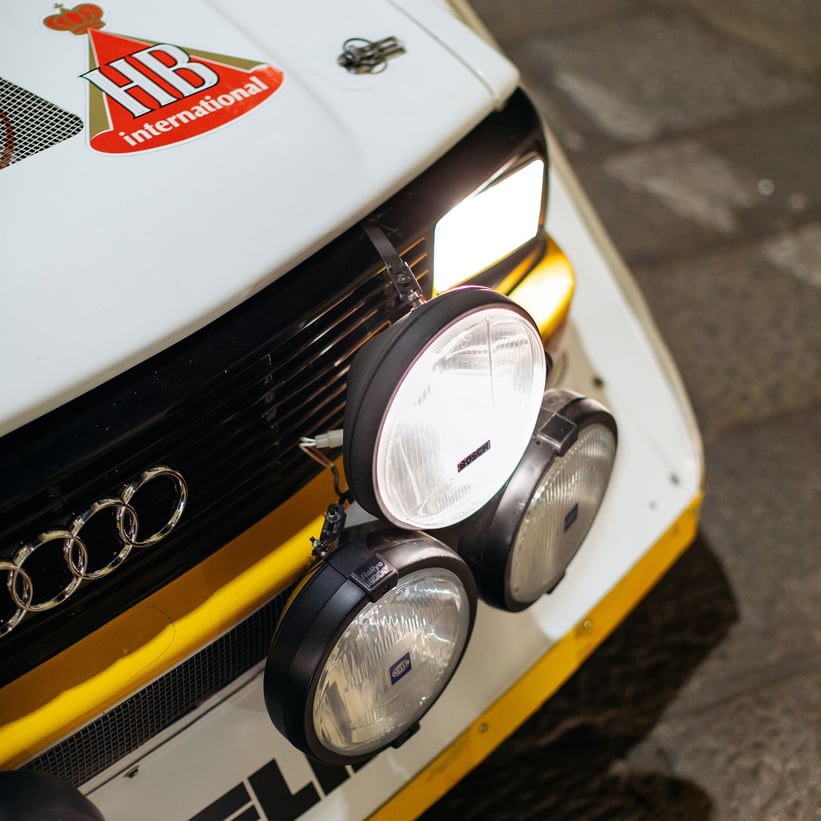
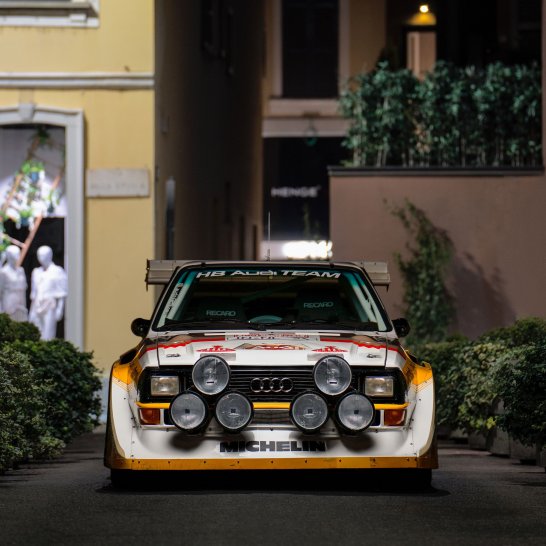
While the street-legal homologation special of the Audi Sport quattro ranks among the most desired collector cars ever produced, it is the flame-spitting Group B rally monster that haunts us to this day. With its shortened wheelbase, the Audi Sport Quattro was even more nimble than the regular Quattro and was therefore perfectly fit to tackle even the most demanding rally stages. However, the epitome of the Group B madness was the Audi Sport Quattro S1 E2 that was built in 1985 as an evolution of the original short wheel base design.
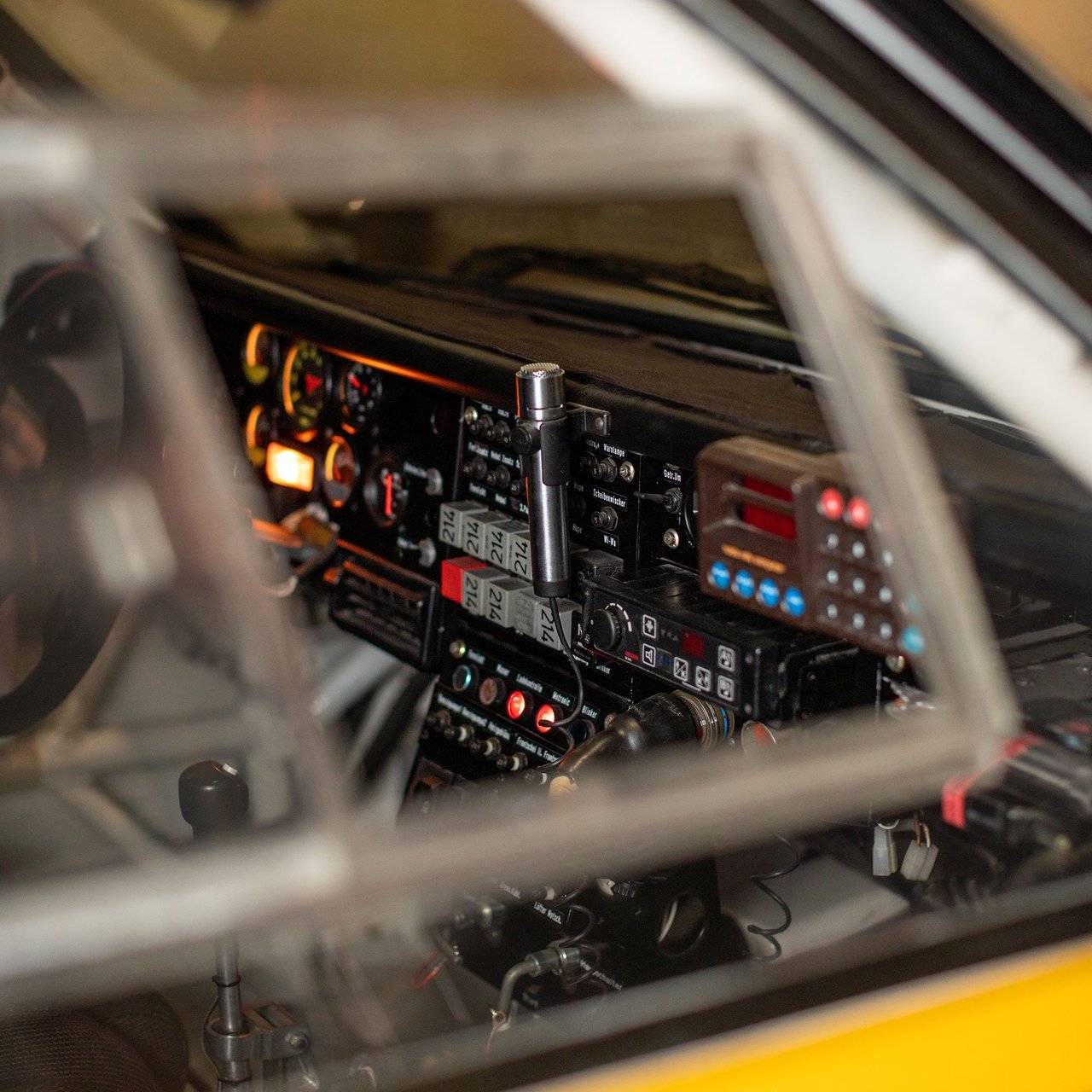
It featured a turbocharged, five cylinder engine producing 476 hp, a lightweight steel-carbon-kevlar-compound body, and massive rear wings and spoilers. Famously driven to its very last victory by Walter Röhrl at the Pikes Peak International Hill Climb in 1987, the Sport Quattro S1 E2 was the last Group B car produced by Audi.
Audi 90 quattro IMSA GTO

If you think the Sport Quattro was Audi’s most impressive racing machine of the 1980s, you haven’t seen the Audi 90 quattro IMSA GTO. While the car’s package still resembled the road cars of the time, the 720 HP turbocharged engine was meant to cause havoc at at American racing arenas in the IMSA series. Driven to victory by racing legends like Hurley Haywood, Hans-Joachim Stuck, and Walter Röhrl, the GTO still certainly manages to impress today.
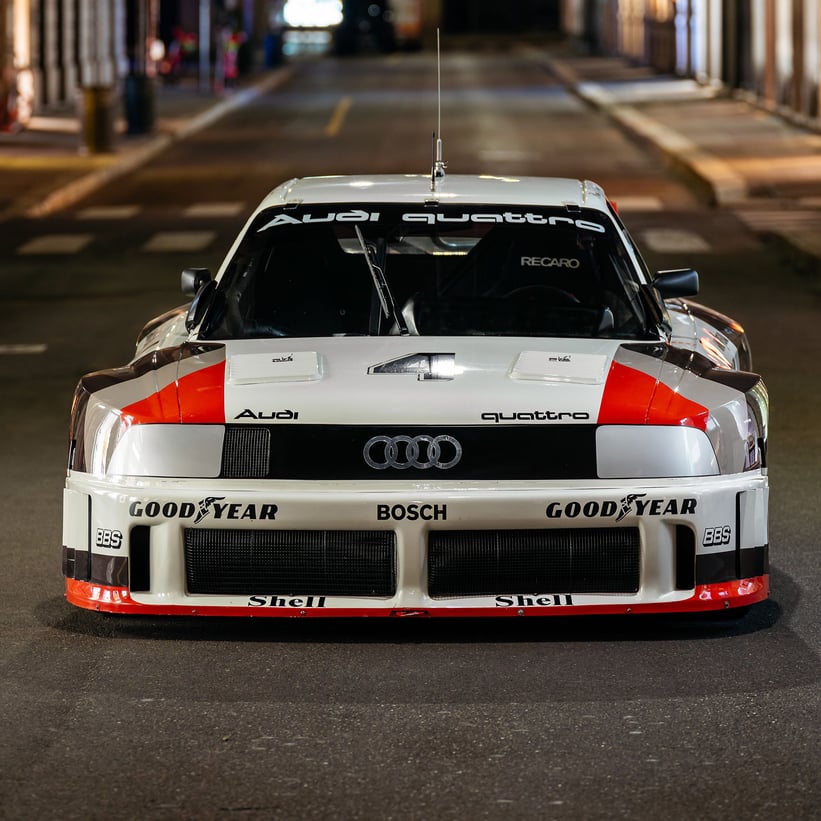
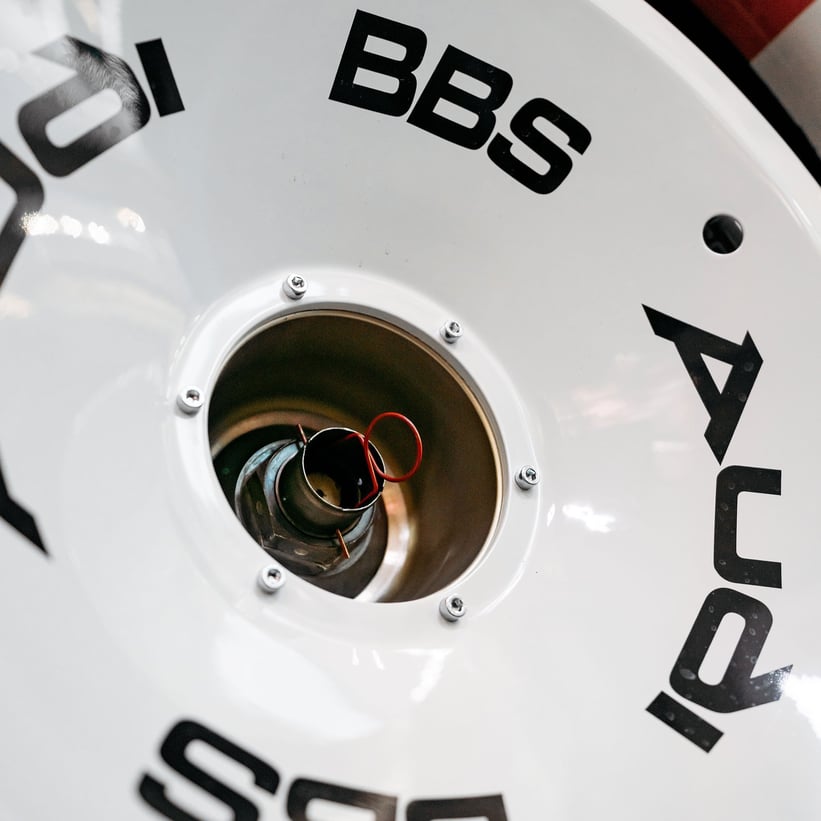
“The car was the pure embodiment of adrenaline”, says Marc Lichte, Head of Audi Design. “It features the sporty quattro accentuations in maximum precision – for me, it is one of the most beautiful racing cars in the Audi history.”
Audi Avus
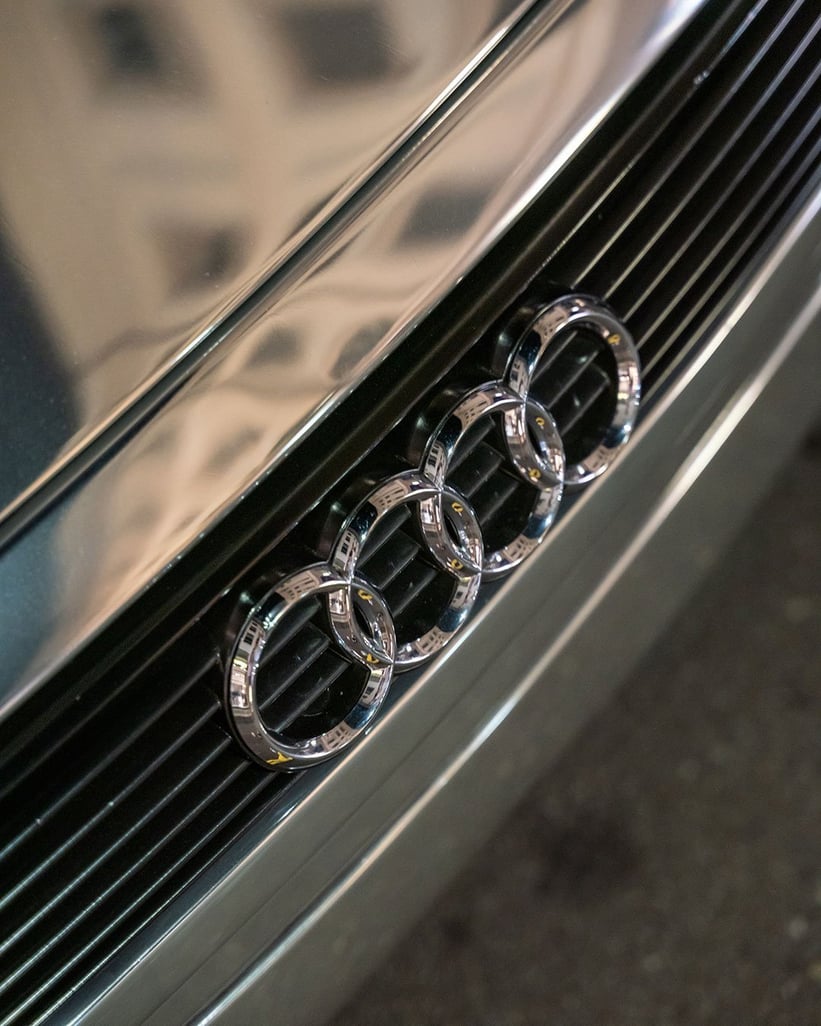

Unveiled at the 1991 Tokyo Motor Show, the Audi Avus quattro heralded the brand’s stratospheric rise around the turn of the Millennium. While the concept car’s design by J Mays paid tribute to the unpainted aluminium race cars of the 1930s, and the name was inspired by the Avus Ring near Berlin where Auto Union celebrated great victories in the 1930s, the car’s architecture was very much avant-garde. In fact, the Audi Avus introduced the mass-produced aluminum space frame that soon became a trademark weight-saving technology of the Audi brand.

With its hand-beaten aluminium panels and sweeping silhouette, the Audi Avus is easily one of the most impressive automotive sculptures of the 20th century.
Audi quattro Spyder


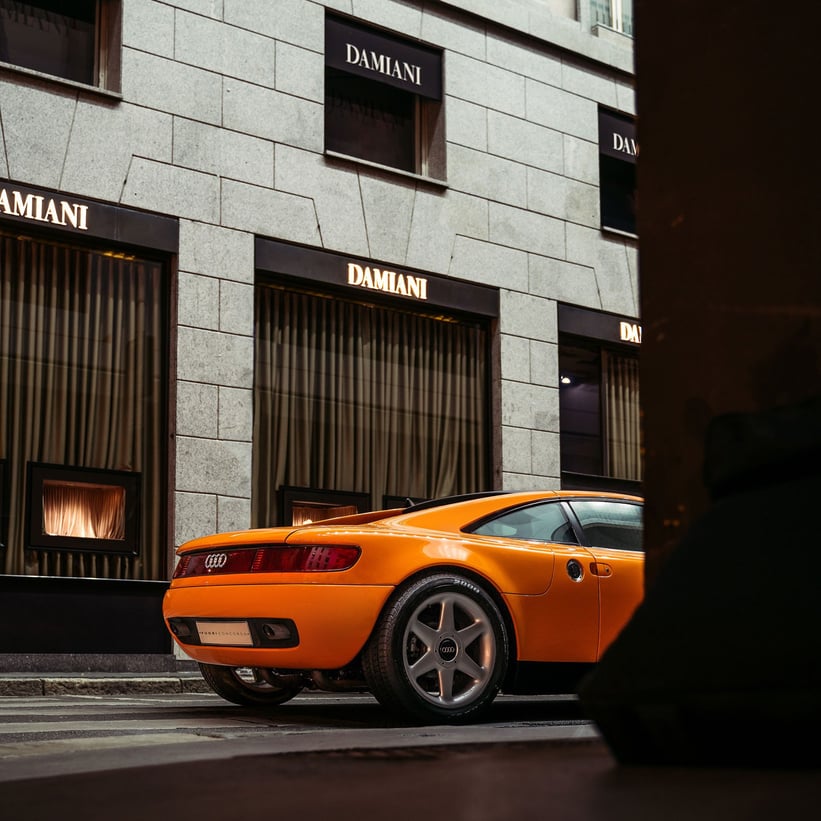
While stylistically less dramatic than the Audi Avus concept, the Audi quattro Spyder that was revealed at the Frankfurt Motor Show in 1991 anticipated some of the brand’s greatest hits, such as the TT and the R8. Designed by Hartmut Warkuss, the mid-engined targa sports car evolved Audi’s design language and introduced many new style elements that would come to shape the face of the brand.
Audi Avant RS2

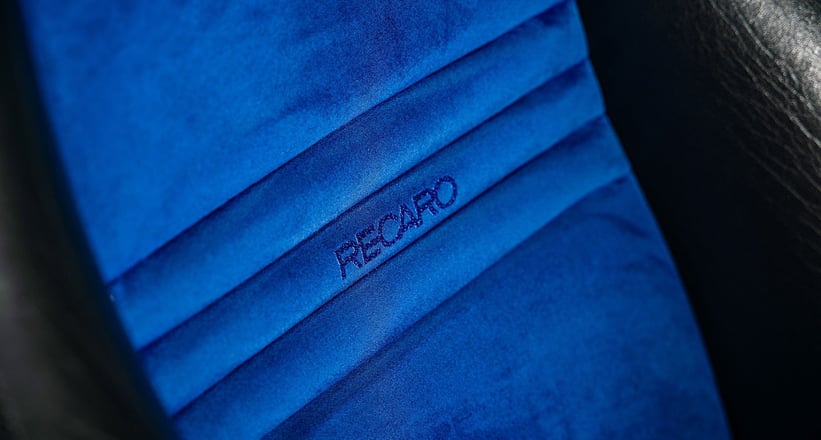

The 1990s were Audi’s formative era – and one of the key cars on the road to global success was the Audi Avant RS2. Developed in a joint-venture with Porsche and introduced in 1994, the limited-edition “Rennsport” estate featured five doors, five seats, and Audi’s most powerful inline five-cylinder turbocharged engine, making it the fastest family car in the world at the time. Painted in the iconic shade of ‘Nogaro Blau’, the Audi Avant RS2 is the predecessor to the brand’s famous high-power station wagons, a lineage that runs right up until the Audi A6 Avant e-tron that's now also on display in Milan.
Audi RS6 Avant
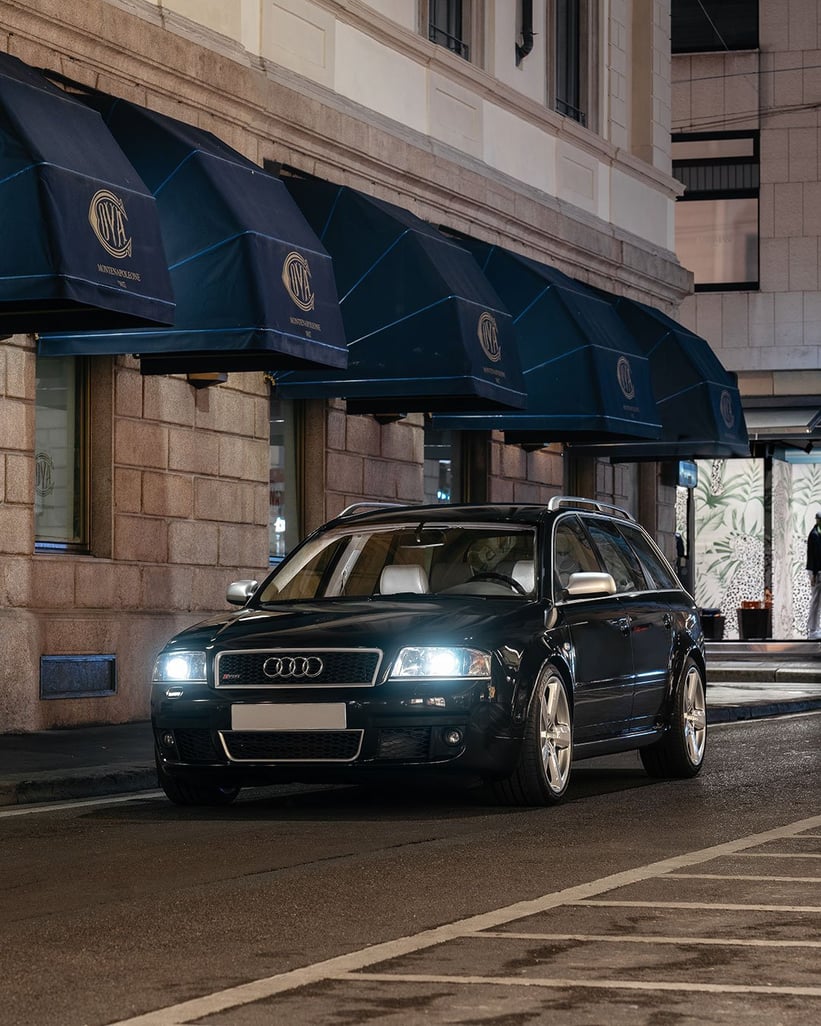
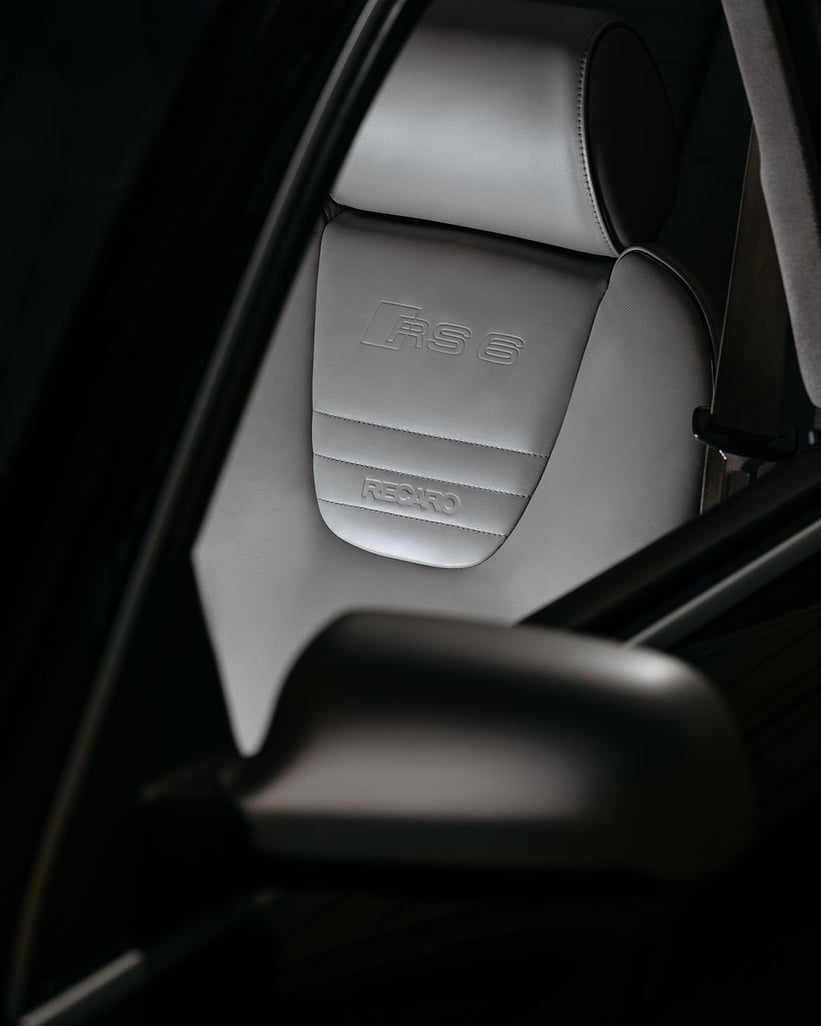
One of the most extreme and iconic cars built by Audi in the first years of the new Millennium was the Audi RS 6 Avant. Production at the Neckarsulm-based quattro GmbH between 2002 and 2004, the race-bred station wagon was powered by a twin-Turbo V8 engine that developed 450 hp and 560 Nm of torque. Even so, the somewhat understated exterior made the first RS 6 Avant a beast in disguise. It was the first Audi RS model to be sold in North America, and was indeed at the pinnacle of Audi RS production models, making it a future classic to watch closely.
Audi AI:RACE
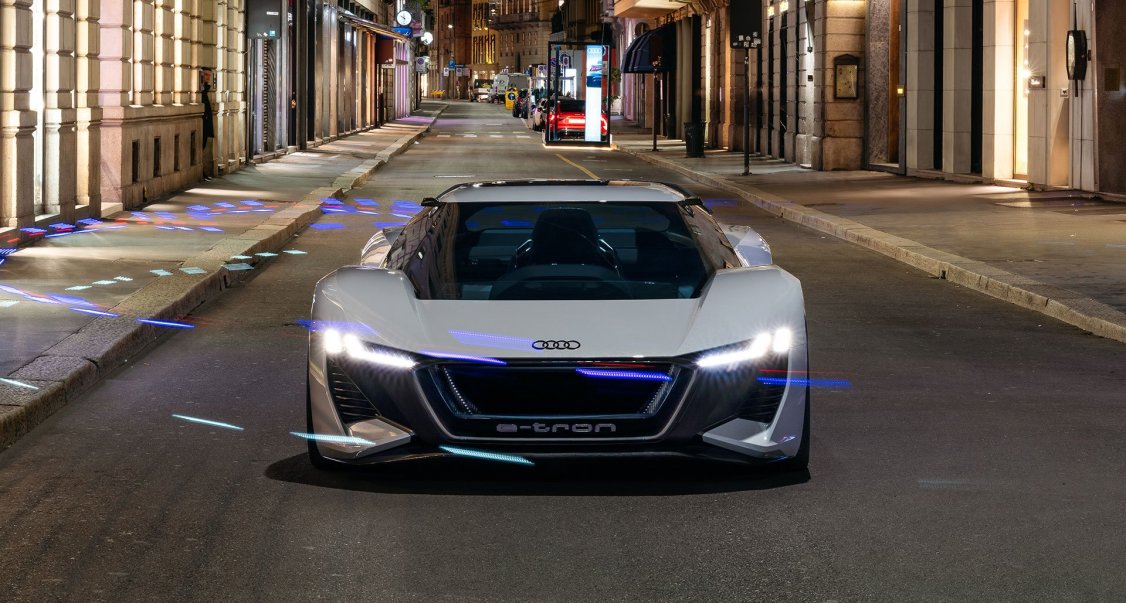
Presented at Pebble Beach in 2018, the all-electric Audi AI:Race concept presented the antithesis to the fully autonomous, non-emotional EVs that other manufacturers envisioned for the future. Designed by Audi's Malibu studio as an uncompromising high-performance sports car, the broad and flat Audi AI:Race abandoned complex autopilot systems and heavy comfort features for the sake of a pure and self-determined driving experience reminiscent of the Audi R18 race car. Seeing the concept on the streets of Milan gives us hope that the driver's supercar might still have a future after all.
Buy the FuoriConcorso Quattro book in the CD Shop
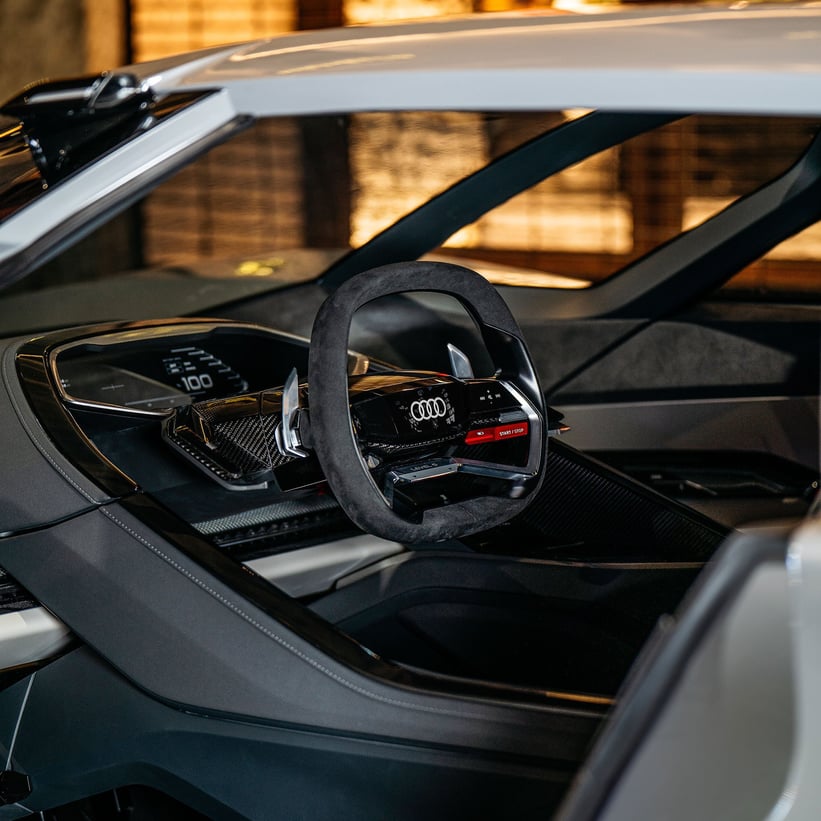

„Audi’s quattro technology has revolutionized the car industry – but there are no books that celebrate all the iconic cars from the first cars of the 1980s until today”, says Guglielmo Miani. “So we wanted to create something special and unique.” Audi has been a partner of the MonteNapoleone district for several years. So when city life came to a hold during lockdown, the FuoriConcorso team came up with the idea of a night shoot. “It was a phantastic opportunity and we will never see these iconic rally, racing and concept cars again on the empty streets of Milan. The result is quite striking.” If these images have whet your appetite for Audi's iconic Quattros, click the link below to secure your copy of the must-have book.
For the moment, FuoriConcorso Quattro is only a book. But the ream around Guglielmo Miani is already working on a physical event to bring the cars together one more time for the public. We will keep you updated.
Photos: Andrea Luzardi
